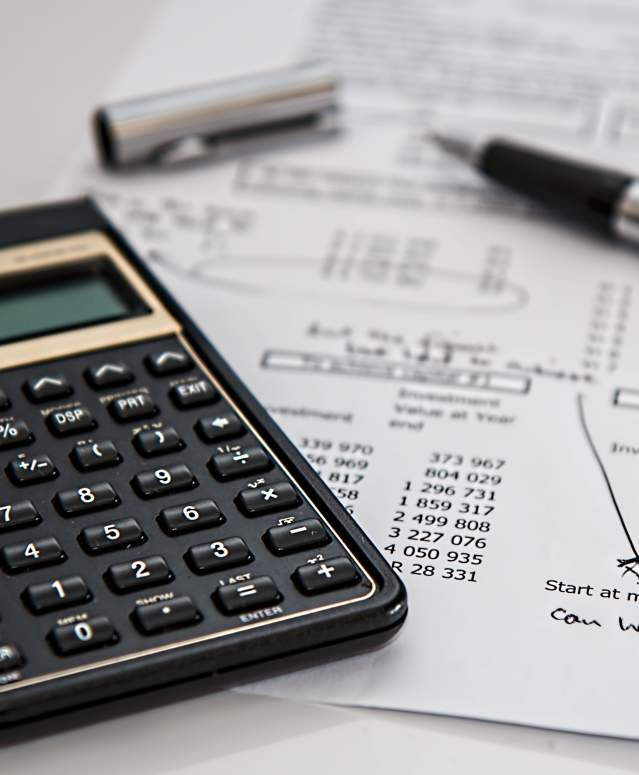General Health & Safety
Health and safety is a significant consideration throughout the event planning process. Managing risk and ensuring the wellbeing of event staff, contractors and attendees is a top priority.
As an event organiser, you have a primary duty of care to ensure the safety of all parties involved with your event, including any members of the general public that may be affected by your event’s activities. Developing a comprehensive Event Health and Safety Plan is essential to comply with relevant legislation, and to ensure the health and safety of all involved. This should be based on an event-specific risk assessment, with corresponding risk management strategies implemented to minimise, isolate or eliminate risks.
Your Event Health and Safety Plan should cover all stages and aspects of your event and take into consideration all event participants, spectators, event staff, volunteers, activity providers, contractors, venue staff and anyone else that may be affected.
Tips:
Primary Duty of Care
The Health and Safety at Work Act 2015 places the primary responsibility for the health and safety of workers and others influenced by the work on the PCBU (person conducting a business or undertaking). Event organisers, as PCBUs, can be held liable for any incidents or activities that cause injury or ill health to anyone involved with their business or undertaking.
- Who or what is a PCBU? | WorkSafe
- What is the primary duty of care? | WorkSafe
- Overlapping duties | WorkSafe – in an event environment, there may be multiple PCBUs (venue management, contractors, security, vendors etc). The overlapping duties quick guide highlights how PCBUs are expected to work together in situations like this.
Risk Assessment and Management
- It is virtually impossible to eliminate all risks in an event environment with so many factors at play, however a comprehensive and event-specific Risk Assessment and Management Strategy can minimise and mitigate risks to an acceptable level, as part of a wider Event Health and Safety Plan.
- The creation and implementation of an Event Health and Safety Plan and associated Risk Assessment and Management Strategy shows that you have given the required attention to your Primary Duty of Care.
- Visit our [Risk Assessment and Management] page for details on how to craft a Risk Assessment and Management Strategy tailored to your event.
Event Health and Safety Plan
A comprehensive Event Health and Safety Plan is not a static, ‘set and forget’ document – it needs to be updated as and when new hazards and risks are identified to be effective throughout the course of your event planning and execution. Key elements to include in your Event Health and Safety Plan are:
- Event Details
- Event name
- Venue/location
- Event timeline (including pack in/out)
- Contact details for key event staff, contractors and emergency services
- Event description
- Expected attendance numbers
- Types of activities and participants involved
- Communication strategy – radio channels or other communication mediums for staff, security, emergency services, contractors etc, to communicate through.
- Health and Safety Policy Statement – this statement lays out your commitment as a PCBU to the safety and security of everyone involved with your event and accepts responsibility for the mitigation or elimination of associated risks. This should be personally signed by the most senior member of your team.
- Contributory Factors – types and numbers of event participants and spectators, activities involved, generic event hazards, and any other factors that contribute to the risk of adverse outcomes from your event.
- Site Map – needs to show all entries and exits, emergency evacuation routes, hazardous activity areas, public exclusion areas, toilets, drinking water, first aid and emergency service placements, food and beverage services, security staff posts, fire extinguishers, Defibrillator equipment etc.
- Risk Assessment and Management Strategy
- Hazard Identification – create a Risk Register (sometimes called a Hazard Register) to document all potential hazards associated with the running and execution of your event.
- Risk Assessment – estimate the likelihood and severity of the harm that each hazard may cause and assign a risk rating to be able to prioritise and establish appropriate controls in a targeted and effective way.
- Risk Control or Management – propose and implement appropriate controls to eliminate or mitigate the risks associated with each hazard, following the hierarchy of controls shown on our [Risk Assessment and Management] page.
- Flow of Care – lays out the various tiers of responsibility and processes for responding to and evaluating different types of incidents. Examples include:
- Volunteers handing out free water – preventative measure against dehydration and heat stroke etc., while also being ‘eyes on the ground’ to monitor attendees’ wellbeing.
- First-Aid Station – place to go for any immediately treatable injuries or illness – e.g. cuts and scrapes, sunburn etc.
- St John’s Ambulance – more serious incidents, injuries and illness – broken bones, heavy bleeding, dangerous intoxication etc.
- First Aid Provision – ensure that an appropriate number of certified First Aid personnel are rostered on for all stages of the event, from pack in to pack out. Consider engaging a recognised First Aid service provider if you do not have the capabilities within your team.
- Incident Reporting System and Policy – you are required to:
- Demonstrate your internal incident reporting system (how issues are reported and to whom, including near-misses) as well as management responsibilities and expectations.
- List your procedures for reporting notifiable events to WorkSafe as well as incident investigation procedures.
- Emergency Management Plan – it is important to be prepared for any emergencies that could reasonably occur at or around your event. Visit our [Emergency Management] page for details on an emergency management plan. This section should include:
- A list of the types of emergencies that could reasonably occur.
- How each emergency is being prepared for – e.g., information, training.
- Communication methods and decision-making protocol in an emergency.
- Emergency evacuation plan and who can authorise this action.
- Nearest accident and emergency facility address and contact details.
- Role of event staff in the case of an emergency and a process to account for all event staff, volunteers and contractors at the site post-emergency.
- Process to ensure the wellbeing of lost children and other vulnerable people in the event’s care.
- Reference to the site map for all important emergency response factors.
- Emergency service personnel briefing and plan for access if needed.
Toolbox Meetings
‘Toolbox Meetings’ should be implemented and held regularly (usually at the start of each day) throughout the set-up, duration, and pack down of your event.
- These meetings are for key event staff, contractors, venue, security, emergency personnel etc. to discuss the specific activities happening that day and any hazards and risk-mitigation actions required.
- The outcomes should be relayed through the line of command for each organisation to ensure everyone involved has the required information to stay safe on the job.
Hazard Register Board
- Prominently display a Hazard Register Board in all areas where hazardous work is being undertaken, listing the specific hazards present and the risk management actions to be taken.
- Ensure your Hazard Register is regularly updated – at the toolbox meetings and as and when required.
Useful Links:
WorkSafe New Zealand:
Emergency Services:
- New Zealand Police | Nga Pirihimana O Aotearoa | www.police.govt.nz/
- Fire and Emergency New Zealand | www.fireandemergency.nz/
- Hato Hone | St John Ambulance Service | www.stjohn.org.nz/
New Plymouth District Council Health & Safety Guidelines:
Have you considered?
- Health and safety training – this can be a great way to upskill your staff and encourage a strong health and safety culture within your event team.
- If you are in doubt, contact WorkSafe New Zealand for further information and guidance.

